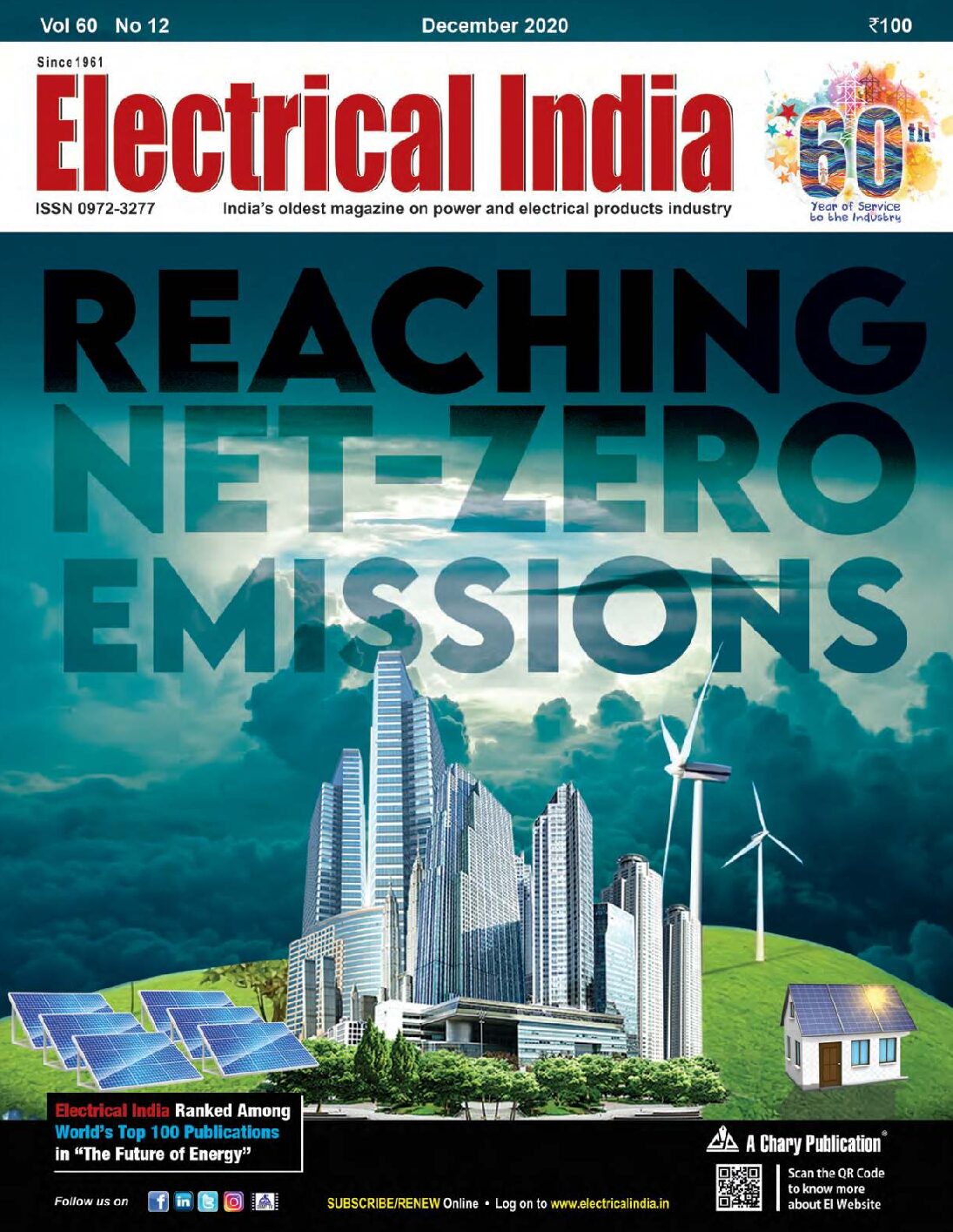
As climate change continues to affect our planet, the frequency, and intensity of natural disasters, such as wildfires, have increased dramatically. One of the significant contributors to the spread of wildfires in high-fire zones is the electrical utility distribution system, typically constructed overhead. In recent years, many communities have recognized the importance of moving the electrical utility distribution system from overhead to underground to prevent future catastrophic fires due to weather. In this thought article, we will explore the importance of this shift and the potential benefits it could bring.
Risks of Overhead Electrical Utility Distribution Systems and the Impact of Climate Change
Overhead electrical utility distribution systems have long been recognized as posing significant risks, particularly in high-fire zones. The risk of wildfires caused by power lines has increased in recent years due to the effects of climate change, such as rising temperatures, prolonged droughts, and more frequent and severe weather events. Strong winds can cause power lines to sway and touch each other or nearby vegetation, creating sparks that can ignite fires.
Similarly, trees or other vegetation may fall on the power lines, creating similar risks. In the event of a fire, overhead electrical utility distribution systems can make it difficult for firefighters to access the area. They may be forced to wait until power is shut off before they can begin battling the blaze. Furthermore, if a fire does ignite, the overhead electrical utility distribution system can make it difficult to evacuate residents, as power lines may fall and block escape routes.
The dangers of climate change on the electrical distribution grid go beyond the risks of wildfires. Prolonged heat waves and other extreme weather events can lead to power outages and infrastructure damage, leaving communities without access to critical services such as air conditioning and medical equipment. In areas prone to flooding or sea-level rise, coastal substations and other infrastructure may be at risk of damage or destruction, leading to prolonged power outages and potential safety hazards.
Benefits of Underground Electrical Utility Distribution Systems
Underground electrical utility distribution systems are an effective solution to mitigate the risks posed by overhead power lines in high fire zones. By burying the electrical infrastructure, the risk of wildfires caused by swaying power lines or falling trees is eliminated. Additionally, underground systems are less susceptible to damage from extreme weather events such as high winds, ice storms, and flooding, which can improve the overall reliability of the electrical distribution grid.
In addition to reducing the risk of wildfires, underground electrical utility distribution systems also offer other benefits. They are more aesthetically pleasing, as the unsightly overhead power lines and poles are eliminated, enhancing the visual appeal of the surrounding area. Furthermore, underground systems are less susceptible to theft and vandalism, as they are much less accessible to potential intruders.
While the cost of undergrounding power lines is higher (anywhere from 1 to 2.5 times the equivalent overhead lines), the rewards of reducing the risk of wildfires are significant. The cost of fighting wildfires and repairing the damage caused by these fires is far higher than the cost of undergrounding power lines.
Conclusion and Way Forward
The road ahead for undergrounding electric cables looks promising as more and more communities are recognizing the benefits of this approach. While challenges are certainly associated with this technology, such as the high upfront costs and the need to retrofit existing infrastructure, the benefits are clear. Underground electrical utility distribution systems are more resilient to extreme weather events and natural disasters, reducing the risk of wildfires and power outages.
In addition, undergrounding also improves landscape aesthetics by eliminating unsightly power lines and poles. This can also lead to increased property values and economic growth in areas that invest in underground electrical utility distribution systems.
As demand for sustainable and resilient energy solutions continues to grow, we expect to see more investment in undergrounding electric cables. However, this transition will not happen overnight and will require careful planning, coordination, and investment from communities, utilities, and government entities.

Michael Bowen is the Associate VP of Utility Engineering Services, CriticalRiver.














